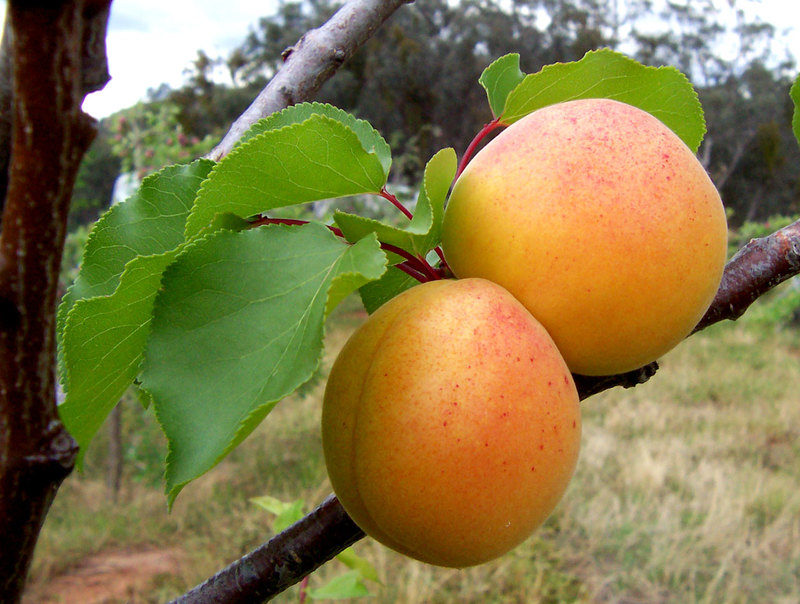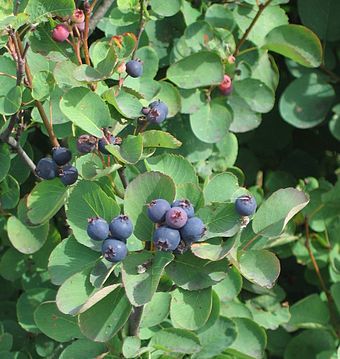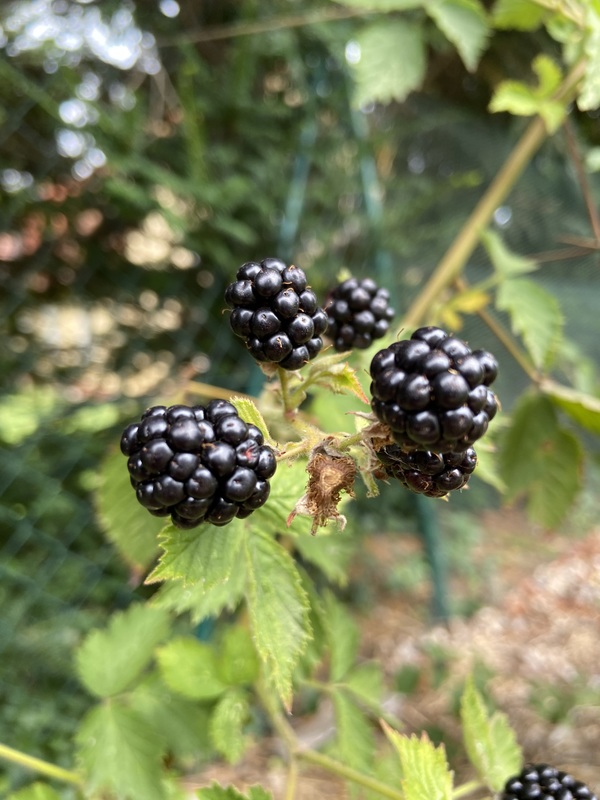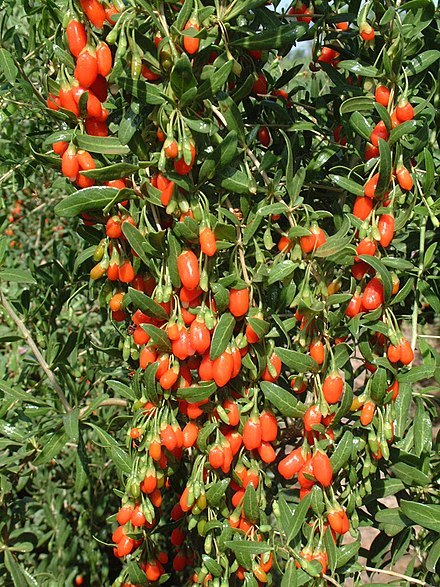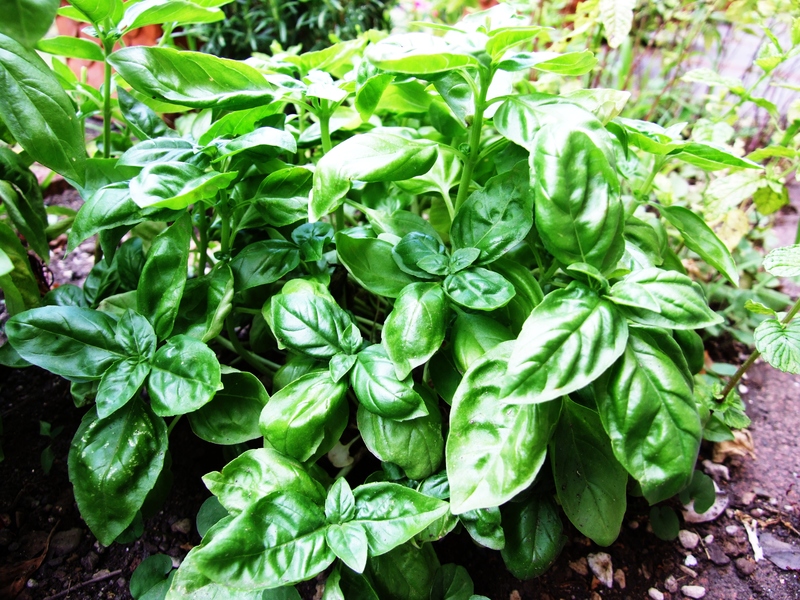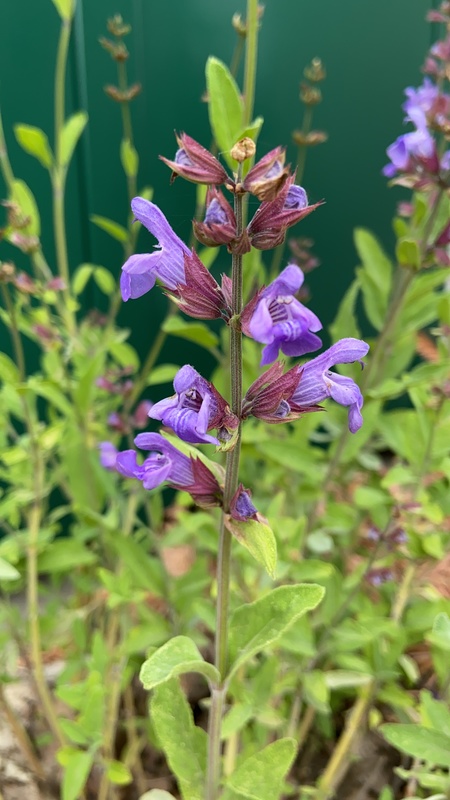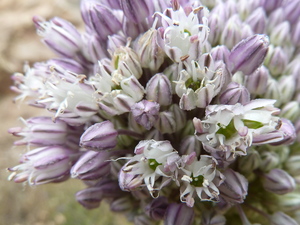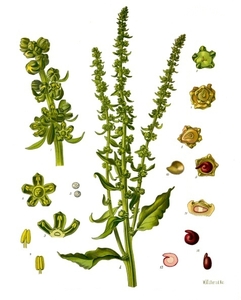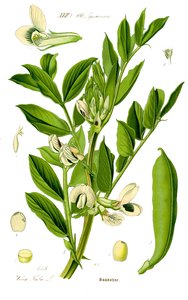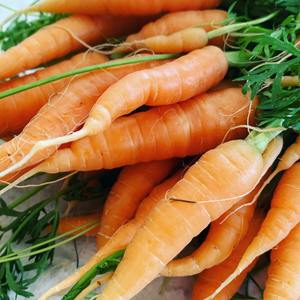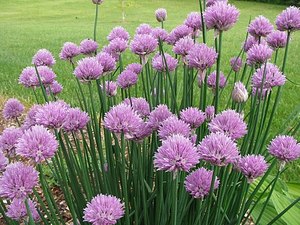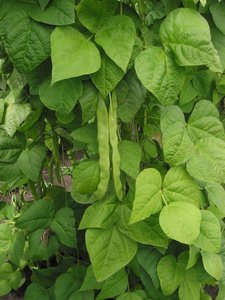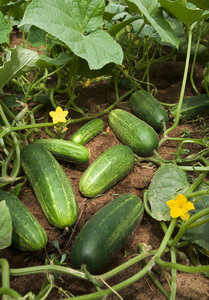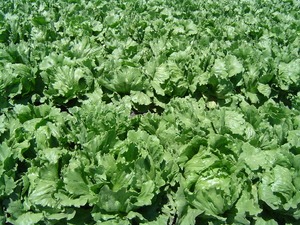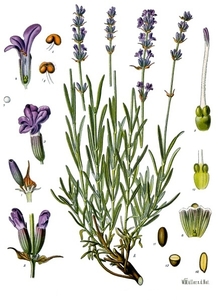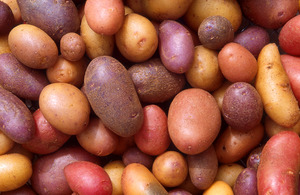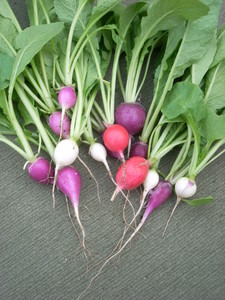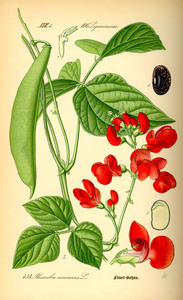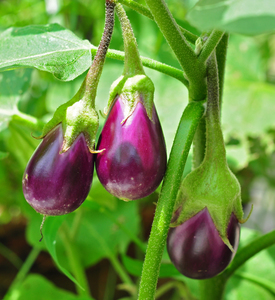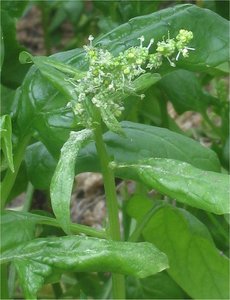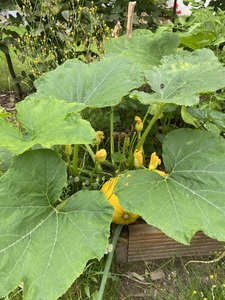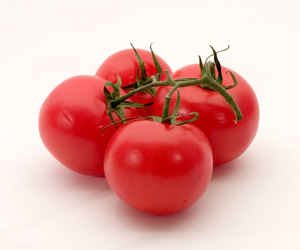Description
Marjoram (Origanum majorana) is a herbaceous plant that is native to the Mediterranean region. It has delicate, oval-shaped leaves that are pale green in color, and small white or pink flowers that grow in clusters. The plant grows to a height of about 30 cm and has a woody stem.
In terms of growing conditions, marjoram prefers well-drained, light soil and full sun to partial shade. It can be grown from seeds or cuttings, and should be spaced about 30 cm apart. Marjoram is winter hardy in mild climates, but may need to be protected or brought indoors in colder regions.
Marjoram has a number of culinary uses. It is often used as a flavoring in soups, stews, and sauces, and can be added to salads and other dishes as a garnish. The leaves and flowers of the plant are edible and can be used fresh or dried. When harvesting marjoram, it is best to pick the leaves early in the morning when they are at their most flavorful. The leaves can be stored in an airtight container in a cool, dark place for up to six months.
In addition to its culinary uses, marjoram has also been used medicinally as an antiseptic and as a remedy for digestive problems. It is also sometimes used in perfumes and soaps.
Marjoram is not particularly attractive to wildlife, but it can provide habitat for some beneficial insects such as bees and butterflies.

